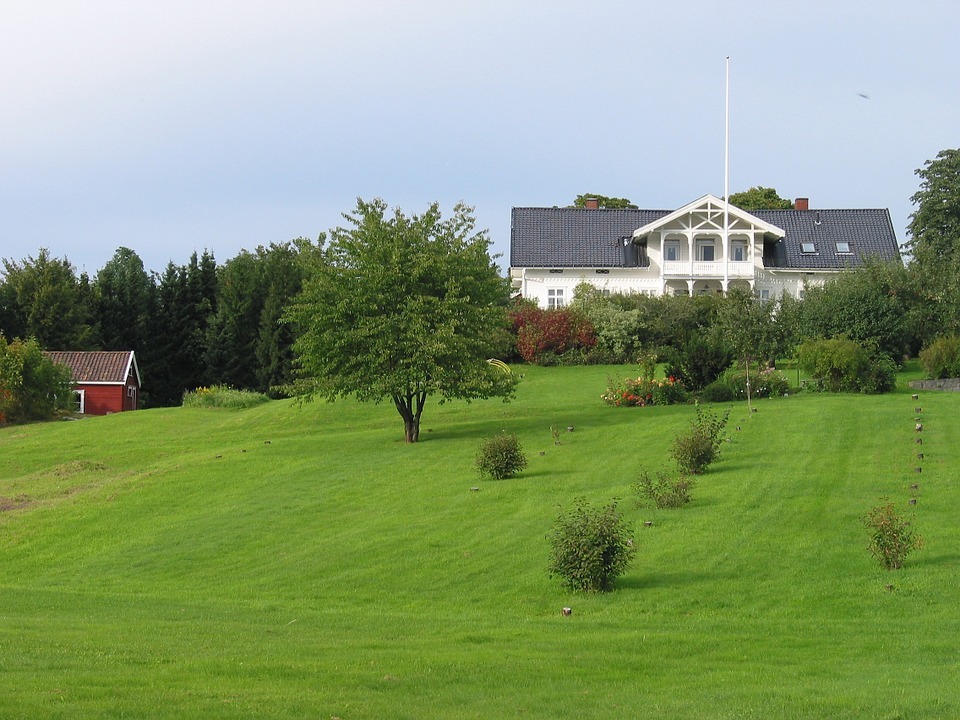Removing a stump in most cases requires a lot of power and special technical equipment. But with the right techniques and tips, you will also succeed in this task, the AAA Stump Removal Team will show you how it works.
The type of removal
Make sure you contact expert professionals specializing in stump removal services to avoid problems. Depending on your wishes and the nature of the tree root, some methods are better than others. Here is a brief overview:
1. Stump chopper, crusher
Stump cutter, stump lifter, stump grinder, milling machine, crusher machine – a technique of varying degrees of “gravity.” The choppers can be either a tractor attachment or a hand-held machine. Each model has its own limitations on the penetration of the cutter into the ground (up to 30 cm). A particularly preferred method for crushing fresh log cabins. Works quickly, but does not uproot the side shoots of the root. If the plot is imported soil on the bedding, the remaining roots should not be a problem in the places of planting. Under the foundation of the future garden house, all the roots must be removed.
Pros:
No need to worry about removal or disposal. Chips can be used as mulch.
Minuses:
Pneumatic crushers can be rented far from everywhere. The price of a good milling machine stumps is $ 15,000.
2. Removal of trees and stumps with a winch
An unwanted tree is dug in, hemmed or cut off the roots and taken out with a winch – a lever, hand drum (in simpler cases), hand hoist on a tripod. Winch – traumatic mechanism. Her cable (chain) must be very strong, otherwise, a cable broken from the tension can be received along the legs, or even over the head. This happens more often than we would like.
Before cutting the roots with a chainsaw, it is necessary to wash them with water under good pressure, as sand and small pebbles quickly blunt the saw chain, and sharpening is expensive. Or chop with an ax.
Pros:
The method of clearing stumps with a winch is one of the most economical in terms of price, labor costs and time.
Minuses:
We need some experience with such mechanisms, it is necessary to apply physical force.
3. Chemical stump removal
The longest process of removing hemp on the site – by chemical means. Not always an effective way, but the most hotly debated in the network. It takes at least a year with fertilizer every three months to destroy a stump with the help of potash nitrate, although the dates are conditional.
Processing potassium (potassium) nitrate:
Drill a few deep holes in the stump.
Pour in clean saltpeter (potassium nitrate, potassium nitrate), moisten the holes. If water dissolves saltpeter, add more.
Cover the stub with a film for 2-3 months, repeat the procedure.
A year later, set fire to the stump, it should burn to the tips of the roots.
If you get pure nitro, not in the complex fertilizer, then this method may work. But mostly 50/50 chance.
Depending on the age and condition of the tree, the quality of saltpeter, the time of impregnation and crushing of the stump varies. There are people who in 3-4 months have burned all their stumps, but there are still 3 years.
This also includes the recommendation to fill the stumps with salt. But I include it in the list as malicious advice, since salt will not allow more than one year to grow anything deeper than carrots on this land, and then in the case of adding fertile soil.
4. Burning stumps method “Finnish candle”
The stump is sawn through below the ground like a pie, a chainsaw. Filled with flammable liquid – it may even be oil refining. It is desirable to give some time for impregnation, especially if the stump is from a freshly sawn healthy tree. Burned and burned to the roots.
Manipulations with flammable liquids are recommended to be carried out in the spring since juices are walking along the trunk and carry the fuel to the very tips of the roots, if the tree has been sawed recently and gives growth. Kerosene is considered the best fuel, as it is able to penetrate into any pores due to super fluidity.
If you burn uproots, take care of safety. Around the campfire, you need a ditch, just in case sand and water are needed nearby. The ash from the fireplace will go to fertilizer if it is sifted properly and stored in sealed containers.
Advice from arborist (specialists in sawing trees)
If you are going to clean the tree below 10 meters, do not cut it. Dig the root zone, chop off the roots and the trunk will pull itself mass. In this way, the bulk of large roots are drawn, and the fines quickly decay.
To make uprooting most effectively on wet spring soil or after heavy rains – the roots will come out easier.
If land is imported to the plot, it is not necessary to uproot the root in the places of future planting of beds. You can remove the stump just below ground level.
It is easier and safer to hold the saw cut on living trees, so you should not hasten their death – the invited arborist will ask for more for his work, for example, with a dry birch. In some situations, dead wood is taken only with the help of technology.
If you plan to uproot the tractor, leave the trunks about a meter so that the tractor can throw a cable or chain on it.
